
OPINION by Dale Skran
Ever since its inception there has been a school of thought that SLS and Orion were a poor use of taxpayer dollars. The typically envisioned alternative has been some scheme of distributed launch using commercially contracted vehicles, with NASA dollars funding in-space operations and equipment rather than boosters. SLS/Orion advocates counter that (1) there is less risk with fewer launches and (2) the purported commercial vehicles are not real enough or not big enough. This debate has been going on for a long time, but with the SLS side controlling the high grounds of the powerful Appropriations committees in Congress, that side has been able to fend off all “attacks,” which are few and weak since they are obviously futile.
Caught in the middle are rational space planners. Such planners are by nature, conservative. They are not interested in tales of paper spaceships. They know the U.S. government needs access to space, and are loath to rely on unproven commercial schemes. As time has passed, the landscape has changed. With the rise of SpaceX, both the Air Force and NASA have made significant usage of a new generation of rockets. Indeed, as Elon Musk frequently points out, without early NASA support, SpaceX would not have survived. Still, SLS and Orion cruise on, year after year, not yet flying, but never in danger of cancelation.
This essay asks the question – what criteria would impel even the most conservative space planner to abandon SLS/Orion? And when might those criteria be satisfied? Your mileage may vary on the suggested criteria, but I have attempted to cover all the bases, and to be conservative. My proposed criteria along with brief rationalizations include:
- Commercial Crew is operational: In the view of some, including myself, there has been an unwritten understanding that both SLS and Commercial Crew will be funded in parallel, and that neither side will directly attack the other. You may argue that this is not true, but I contend that there is some degree of consensus on this in Congress, enough that the boat has not yet been rocked on either side.
- Ten successful flights in a row of an HLV other than SLS: I have previously mentioned confidential sources that have stated that this is a real criterion advanced when the idea of SLS cancellation is raised. I believe that something like this will be required for the cancellation of SLS to be considered seriously in some quarters.
- Ten successful flights in a row of a second HLV other than SLS: I am adding this myself as an additional criterion to satisfy a still more demanding group of space planners that would want to see two viable alternatives to SLS before seriously entertaining cancelling SLS.
- Marshall Spaceflight Center must have a major project to replace SLS: As a political reality, no NASA Administrator and most probably no Congress will embark on a plan that creates mass layoffs in Huntsville.
- Johnson Spaceflight Center must have a major human spaceflight project to replace Orion: Again, as a political reality, mass layoffs in Houston are not going to be allowed to happen.
- Major SLS/Orion contractors need new projects similar in size to SLS/Orion: This is a further political reality. If Boeing and Lockheed believe they will suffer massive downsizing, they will fight tooth and nail against any change, as will their numerous political allies. Additionally, in spite of the current issues Boeing is suffering and that Lockheed has encountered in the past, both companies are national resources of engineering talent that should be preserved and refreshed.
- An alternative plan for all envisioned SLS/Orion missions is needed: If SLS/Orion have a totally unique capability, perhaps cancelling them is a bad idea!
When will Commercial Crew be Operational?
With the March 2, 2019 success of the uncrewed first Dragon 2 mission (DM-1), this seemed relatively well in hand. Alas, the subsequent loss of the DM-1 Dragon 2 capsule in a test “anomaly,” as well as a Dragon 2 parachute test failure, threw a cloud over SpaceX’s participation in Commercial Crew. Still, SpaceX has a history of rapid recovery from major setbacks, and is now saying that the in-flight abort test will occur in October/November of 2019, with the crewed DM-2 flight to soon follow.
Of course, just one Commercial Crew vehicle does not create a fully reliable system to bring crews routinely to the ISS. Where is the Boeing Starliner? It has encountered problems similar in nature to those bedeviling SpaceX. Further slips are certainly possible. However, Boeing currently expects to complete their test flights in late 2019 or early 2020.
Commercial Crew has a long history of slips, but it seems reasonable that both Boeing and SpaceX will fly crews by the end of 2020. Additionally, a conservative planner would like to see a couple of successful crewed operational flights to the ISS before fully declaring victory, but it seems probable that by the end of 2021 the Commercial Crew box can be fully checked, barring an unexpected disaster.
When will there have been 10 consecutive Falcon Heavy Flights?
Since the first Falcon Heavy flight in 2018 didn’t use Block 5 hardware, a conservative planner might decide that it didn’t count toward the 10 consecutive successful flights. This leaves us with:
- April 9, 2019: Arabsat 2 (Successful)
- June 25, 2019: STP-2U/U.S. Air Force (Successful)
- 2020: AFSPC-44
- 2021: AFSPC-52
- 2021-2022: Viasat 3 satellite
- TBD
- TBD
- TBD
- TBD
- TBD
This runs out to at least 2022, with the main variable being that we don’t know how many more FH flights will be sold, or how many will be used to launch Starlink satellites. A reasonable extrapolation suggests the end of 2023 might be when the ten consecutive flight milestone could plausibly be met at the current rate of about 2-3 flights per year. If some disaster occurs, it could be later, or if there are many Falcon Heavy Starlink launches or Air Force National Security Space Launch (NSSL) missions it might be achieved earlier.
When will there have been ten consecutive flights of an HLV other than Falcon Heavy?
The three candidates for this HLV are Vulcan, New Glenn, and Omega. Since Omega is the least likely to survive the NSSL competition, or to provide a meaningful alternative to SLS, let’s focus on Vulcan and New Glenn.
Currently ULA is projecting that Vulcan will be flying in the spring of 2021. On August 14th, ULA announced that Vulcan had been selected for six launches of the Sierra Nevada Dream Chaser to the ISS as part of the CRS-2 cargo resupply program. ULA had previously announced an initial certification flight, so this would get ULA to a total of seven flights. With three more national security launches on Vulcan, the ten consecutive successful flights might be achieved as early as the end of 2023. Conservatively, it might be a year later, but this would still see Vulcan as an alternative to SLS by the end of 2024.
Blue Origin’s New Glenn is another possibility. Targeted for a first flight in 2021, New Glenn also has a strong backlog of contracts, including one each for Paris based Eutelsat, Sky Perfect JSAT of Japan, Thai startup Mu Space, plus five launches for the low-Earth-orbit mega-constellation company OneWeb, and most recently an unspecified number of launches for the Telesat constellation. This totals at least nine and almost certainly more launches, enough to create a record of ten consecutive launches.
Let’s suppose New Glenn flights don’t begin in earnest until early 2022, and only five are conducted per year. By the end of 2023 we should have crossed the magic threshold of ten consecutive flights.
The bottom line is that we have two good chances for an additional alternative HLV by the end of 2023, and a very good chance by the end of 2024. There even appears to be at least a 50/50 chance 2024 will close with three operational alternatives to SLS.
When will Marshall Spaceflight Center have a new project to replace SLS?
Shutting down Marshall is not politically realistic, nor desirable. It is a national technical resource of considerable value. If SLS was not being done at Marshall, a new project is required. One strong candidate is nuclear thermal rockets for which the budget is being increased. This project has the potential to substantially replace SLS. It is a rocket project – the Marshall core expertise – and it will be expensive, long term, and is not a good candidate for commercialization. Will it be enough? Maybe. Hopefully. The challenge is to find projects for Marshall that fall in its wheelhouse but that don’t duplicate commercial efforts.
There was a time when the number of places that actively pursued rocket engine development was fairly limited. Today we are blessed with a vast array of private rocket engine development projects, including Blue Origin’s BE4 (moving to Huntsville) and SpaceX’s Raptor. The beating heart of engine development has clearly moved away from Marshall, so Marshall needs to transition either to NACA-like support of industry, or to new projects unlikely to be pursued by commercial firms.
Clearly the timeframe in which Marshall gets a new project to replace SLS is under political control. It could be slow or fast, but increased spending on nuclear thermal rockets is a good sign. Another good sign was the announcement on August 20, 2019 that the Administration was revising regulations on the use of nuclear power in space to remove roadblocks and enable commercialization.
When will Houston have a human spaceflight project to replace Orion?
The good news here is that Orion can be re-purposed to different launch vehicles. In fact, it was previously launched on a Delta IV Heavy. Of course, an Orion lofted to orbit on a New Glenn or Falcon Heavy would need to dock with another vehicle to head for deep space, but if Dragon 2 can dock with the ISS, we must assume the wizards at Lockheed have this under control, or hopefully will in the near future.
Alternatively, Johnson’s expertise is not tightly dependent on Orion or any particular vehicle, as long as there is a crew. With Dragon 2 and Starliner on the near-term horizon, Johnson is in no danger of going out of business. Additionally, a serious effort to return to the Moon with crews would energize Houston, even if the crews traveled to the Moon on a Blue Origin “Blue Moon” or a SpaceX “Starship.”
Thus, although the future role of Orion/Houston is subject to change, it is not intrinsically tied to SLS.
When will the major SLS contractors have alternative projects?
Although not legally required, it is politically essential that Lockheed and Boeing receive contracts worth billions per year to allow SLS to fade into history. Fortunately, Lockheed and Boeing could be productively engaged for decades building rovers, drills, mining equipment, tugs, fuel depots, and a host of other items that need first time testing before being procured from commercial suppliers.
Additionally, both Boeing and Lockheed at least have the potential of becoming more fully commercial space companies. After all, Boeing knows how to build and sell competitive satellites and jets, so the corporate DNA is there. Lockheed has a long history of producing commercially competitive satellites. The best way to wean Boeing and Lockheed off cost-plus civilian space contracting is to make multi-supplier public-private partnerships the norm, preceded by cost-plus demonstrations.
Are there alternative approaches to all current SLS missions?
This is perhaps the most difficult to overcome obstacle to moving beyond SLS. NASA is so deeply invested in planning all future deep space missions around a large scale expendable HLV, that any consideration of on-orbit assembly or fuel depots has atrophied for decades. Neither the Falcon Heavy, the Vulcan, or the New Glenn is a one-for-one replacement for SLS. To achieve ambitious deep space goals will require multiple launches, in-space re-fueling, and new ways of thinking at NASA, and perhaps more importantly, in Congress.
Even Starship/Superheavy would be an alternative to NASA’s current SLS centric “Gateway” lunar architecture with its three-stage lunar lander designed around the limitations of SLS/Orion, rather than a direct replacement for SLS. Note that an expendable Starship could be refueled to journey to the Moon followed by a landing on the lunar surface, with no additional components required.
The net of all this is that the alternative HLVs could replace SLS for all planned missions, but not without a significant re-think at NASA about how to do business in space. No clock can be set on how long it takes for an institution to overcome decades of inertia. However, on July 31, 2019 the first light became visible from the end of the tunnel when NASA announced a partnership to work with SpaceX on in-space refueling and how to land large vehicles on the Moon.
What about Starship/SuperHeavy?
With Starhopper successfully performing a 150 meter hop August 27th, 2019, with a full-scale raptor engine at Boca Chica, it is easy to get overly optimistic about the prospects for Starship/Superheavy. However, the key technologies that must work for Starship to be considered fully successful – 2nd stage heat shields and landing from orbit – have yet to be demonstrated. With the “orbital” Starship being constructed right now at Boca Chica [and in Florida as well], we may be a year away from having a sense of how successful the new second stage technologies will turn out to be. But …. reality check …. for at least a year – or maybe a lot more – a conservative space policy planner just can’t rely on Starship as an alternative at this time.
However, let’s spin the speculation spinner ahead a year to late 2020, and assume we have just witnessed the first successful landing of a Starship from orbit. With the addition of the comparatively lower development risk Superheavy, the new vehicle promises to dramatically reduce launch costs, perhaps by the end of 2021.
However, one more turn of the development wheel is required to fully occupy the SLS trade space – in space refueling. Given the great work NASA Goddard has done on in-space fuel transfer, maybe another year or two will suffice to demonstrate on-orbit refueling, bringing us to the end of 2022 or 2023. Depending on the number of times a Starship is refueled, a fast flight to any of the outer planets can be provided in a flexible, pay-as-you-go fashion with a varying number of refueling flights. With the addition of Starship in-space refueling to the SpaceX product line, virtually all remaining niches for SLS are filled.
The only possible remaining issue is the 9m Starship diameter vs the planned 10m diameter SLS Block 2 fairing. This rather small advantage will almost certainly not be enough to preserve SLS, and potential future 12m and 15m versions of Starship/Superheavy promise support of even larger payloads.
Let’s spin the speculation spinner again, but in the negative direction. Suppose Starship second stage recovery just does not work, or takes a very long time to work. SpaceX will still be left with a rocket that can handily beat New Glenn in every parameter – mass lifted to LEO (100-120MT vs 45MT), fairing diameter (9m vs 7m), and deep space access. The final claim might seem surprising, but as long as in-space propellant transfer works, expendable tanker Starships can re-fuel an expendable cargo Starship to reach a wide array of BEO destinations with up to 100MT+ of cargo and high speed. Cost can be matched to the mission by varying the number of tankers launched. The only catch is that the operation will cost more than if the second stage was reusable. Where does this “Starship reuse failure” scenario leave SLS? SLS may retain modest advantages in fairing diameter (10m vs 9m) and payload to LEO (130MT vs 120MT), but the anticipated Starship/Superheavy price advantage appears decisive.
Conclusion: What is the expiration date for SLS?
To summarize, here are the projected dates by which SLS will most probably not be needed:
- Commercial Crew: EOY 2021
- Falcon Heavy ready: EOY 2023/2024
- HLV alternative to Falcon Heavy ready: EOY 2023/2024
- New project for Marshall: Hard to predict, but there are promising developments
- New projects for Houston: Probably not an issue
- New projects for Boeing/Lockheed: Not an issue if NASA is allowed to change direction
- Starship/Superheavy: 2023/2024
A reasonable netting out of all these dates might be 2024 for a conservative planner. However, the direction of things will be clear much sooner, probably by the end of 2021, and especially if orbital Starship testing is going well. So, for all those conservative space policy planners out there, mark your calendars!

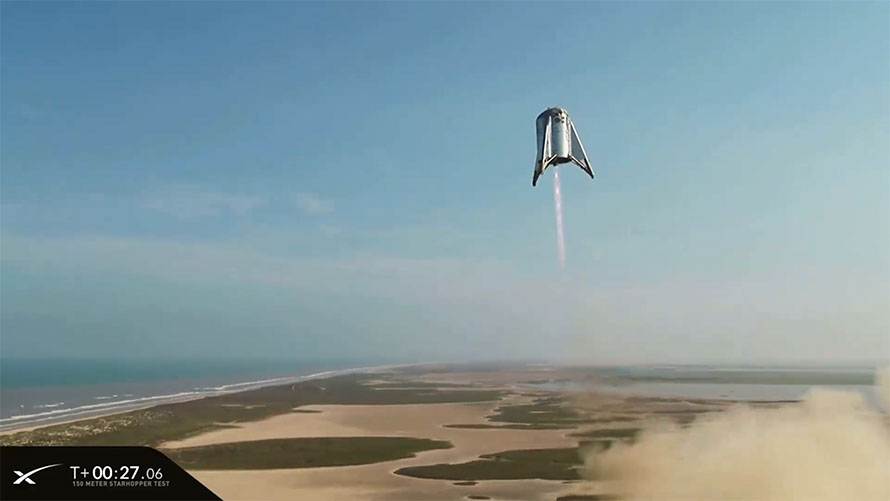
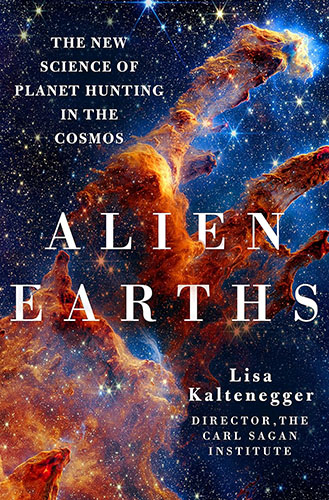
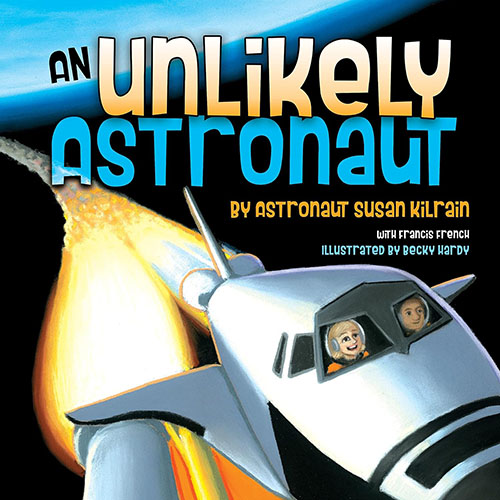
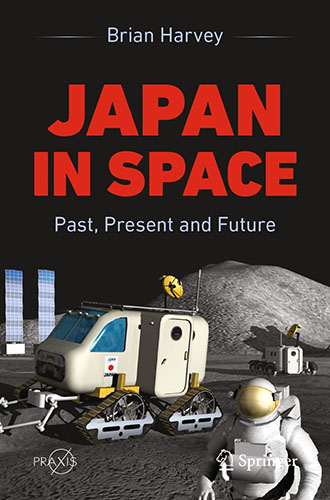

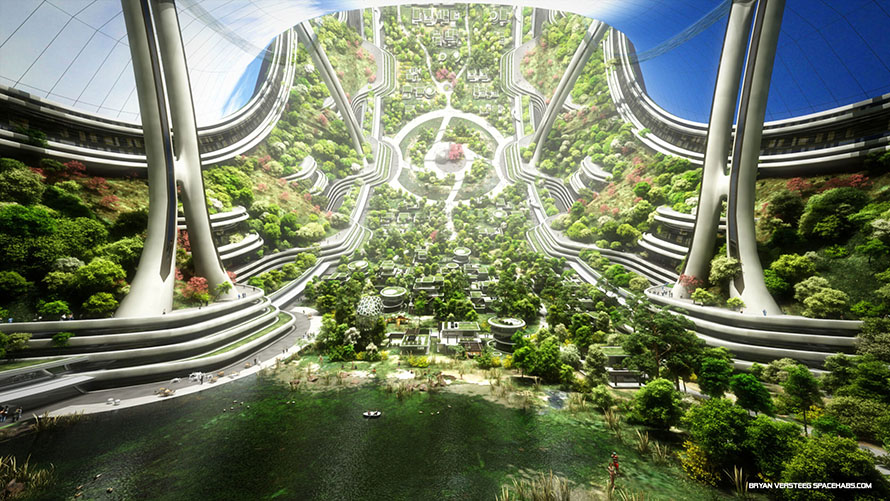
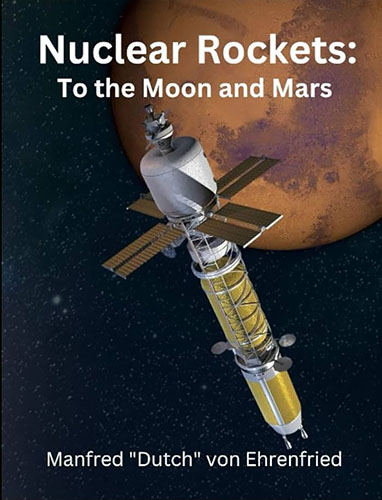
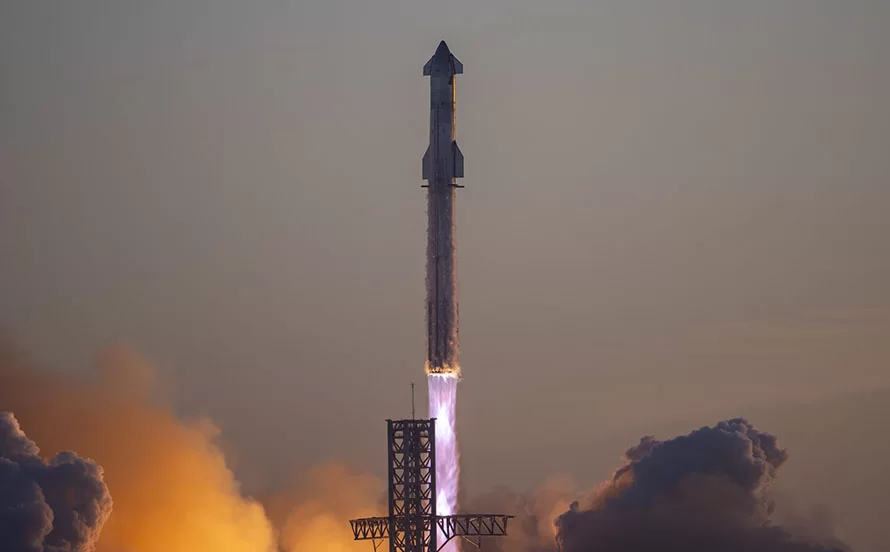
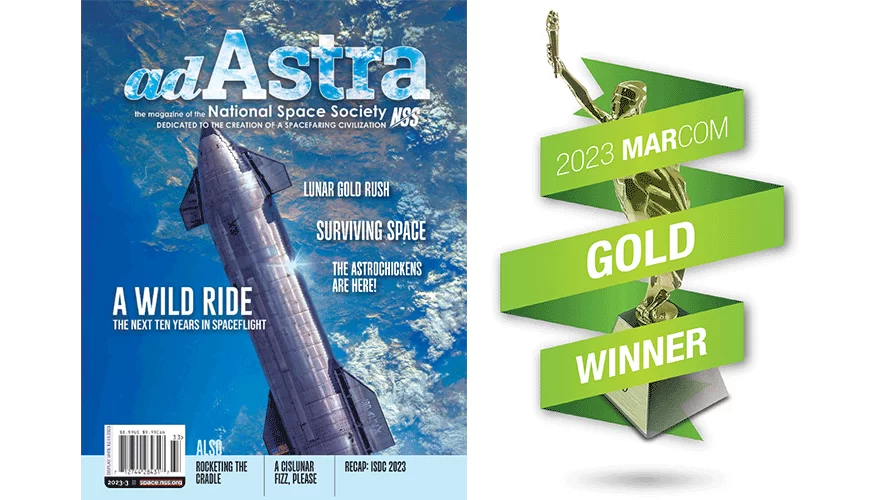
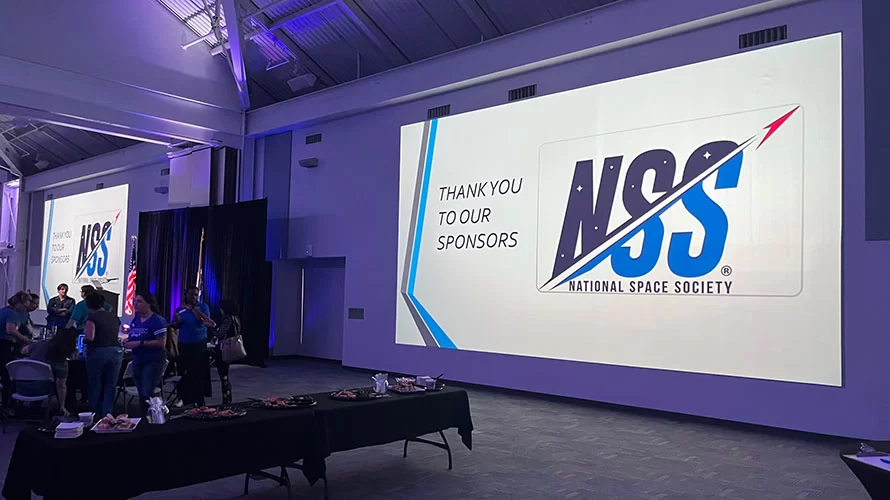
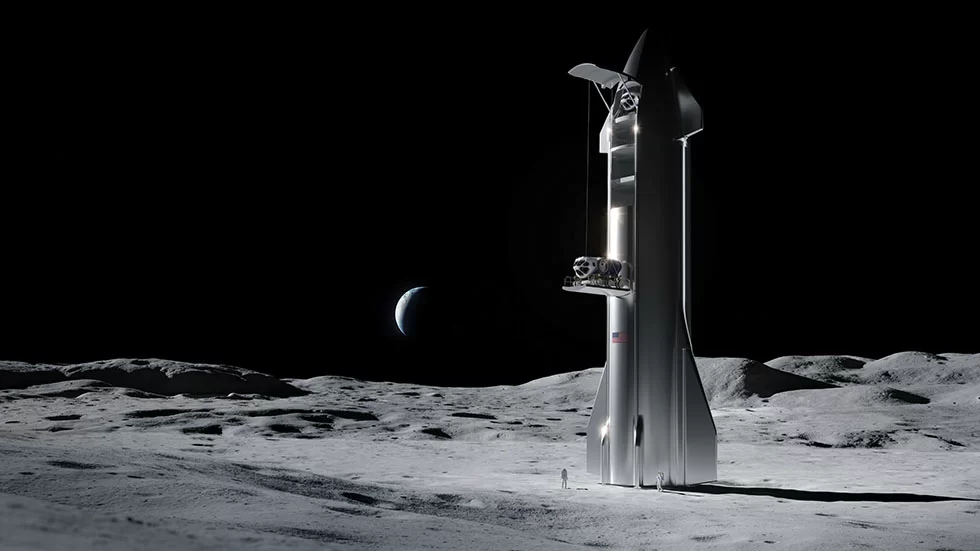

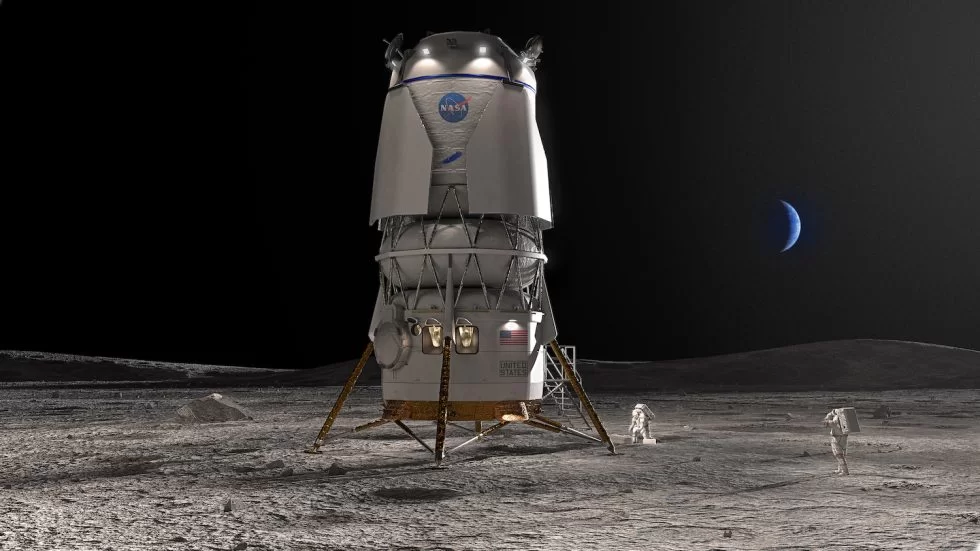
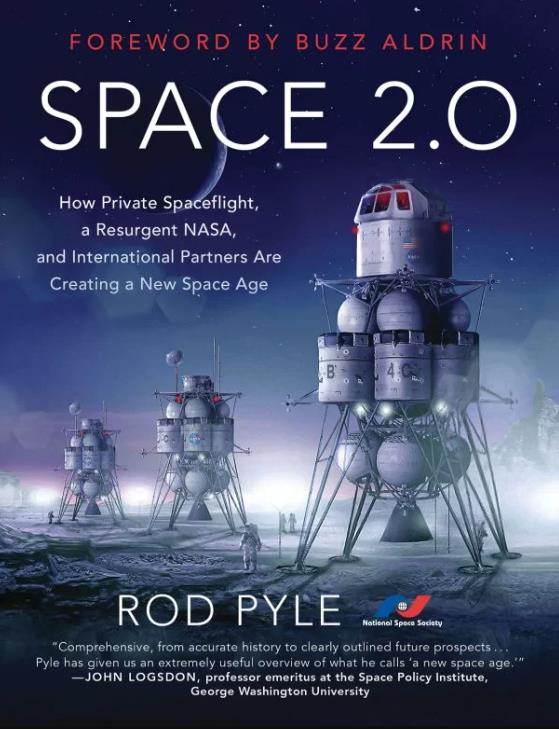
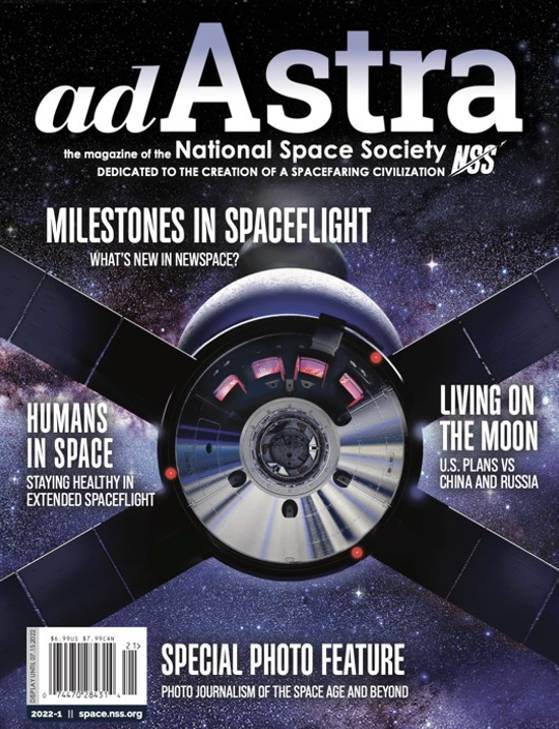
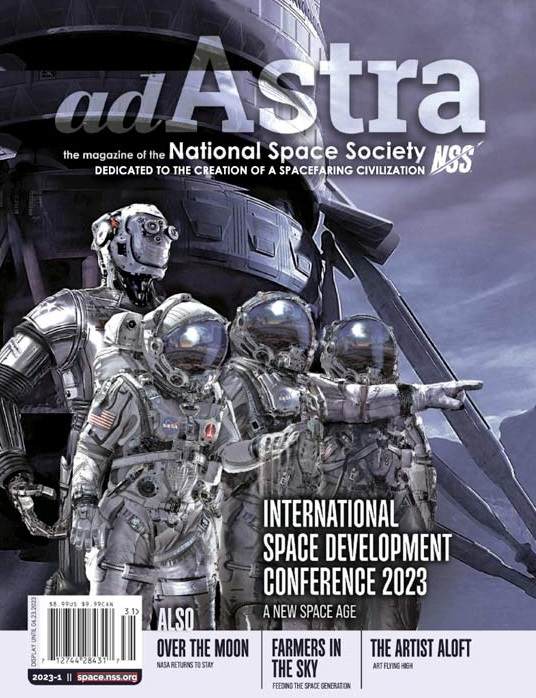


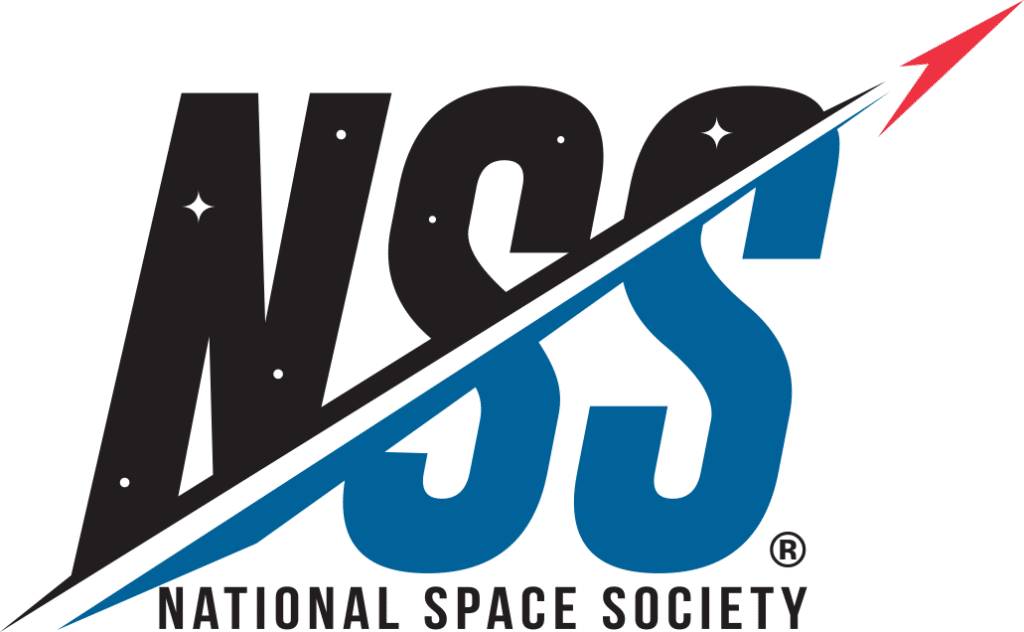
14 thoughts on “Ask Not for Whom the Bell Tolls …. Whither SLS/Orion?”
Here’s what needs to happen regarding the SLS Rocket Program. The rocket itself is incredibly useful, not just because—with optimum—Super Heavy Design (5 full SRB stacks attached to main propulsive stage-which makes at 1.6 millions per stack, a total of 8.0 million additional pounds of thrust//^my initial estimate for such a configuration would put 200 tonnes into LEO.
Much promise with SLS. The Key is to get the cost waaaay down, so that you can make use of the rocket to launch increasingly higher volume loads to LEO, GTO as well as Deep Space orbital path-ways and trajectories.
Very good analysis of the next 4 years in the implementation of the COTS program and the projected success of the next line of heavy lift rockets. The continuation of no loss of programs and employees at Marshall might depend on the development and use of Nuclear Thermal propulsion systems which would: 1) reduce travel time for a manned mission to Mars from 1 year or more to 3 to 4 months and 2) open up the Main Asteroid Belt and the outer solar system to practical manned exploration. Much will also depend on continued technological developments and advancements in lessening the effects of zero gravity, space based radiation, and other health threatening factors inherent in the space environment.
Update from author: Elon has just tweeted that his target for the next version of Starship/Superheavy is 18 meters. This will certainly remove any issue with regard to SLS having a 10m diameter fairling. Note that the 10m SLS fairing is Block 2 only, so a comparison to a next generation Startship/Superheavy is probably appropriate.
If you are aware of any serious/real effort to reduce SLS costs it would be great if you could post them here. They would be of great interest.
The lowest estimate I’ve seen is $500M, with other numbers in the $1B to $1.5B depending on what you count. An SLS super-heavy with five SRBs would no doubt cost significantly more.
10 consecutive successful flights of HLV is crazy, HLV missions do not grow on trees, Delta IV Heavy only flies once per year, so you’re looking at 10 years, this is not conservative planning, this is trying to avoid using them altogether.
But fortunately the current NASA administrator is more open to new HLV than this, Artemis is already planning to use commercial HLV for Gateway launches and lunar lander launches, I believe the Maxar Gateway PPE is rumored to be manifested on a New Glenn launch, NASA docked a point from their proposal for using an unproven HLV, but picked them anyway since they’re the cheapest.
If your planning is more conservative than NASA, there is something seriously wrong with it.
On the other hand, I don’t think HLV in the Falcon Heavy or New Glenn class matters when it comes to SLS cancellation, they’re just not big enough in terms of payload capability, so SLS advocates can always use this to keep SLS alive, even after you get 10 flights of FH and New Glenn.
The only way around this is for Starship to fly, not necessarily reusablely, just flying it should be enough. This is a necessary and sufficient condition, once it is reached the rest (jobs for MSFC/Boeing/LM, what happens to Orion) will follow naturally (or let’s just say people in the right place would be highly motivated to solve these in a timely and satisfactory manner).
Without Starship we can be certain SLS will be with us for the foreseeable future.
Yeah… the cancellation of major projects (not necessarily the SLS, but any major project) is always political wrangling, nothing to do with the ability to repalce the capability of the project.
IMO, the NSS article has got it all wrong in that respect.
Thanks for the good analysis of why dumb fat projects are protected at nasa. You showed it is more about political pork than about hardware performance and efficiency. That’s why nasa has defeated citizens’ access to space for fifty years. They had all the money in the world to lavish on big aerospace corporations and their mindset is still in those gravy days. so they come up with another huge loser like the space shuttle was– now it’s the SLS, just another Apollo splashing capsule on top of throw-away boosters.
And this is happening even after SpaceX showed them that return-flight boosters are practical. And Virgin Galactic is showing them that fly-back boosters are real but nasa ignores progress and sticks to big dumb booster projects to support the so-called “necessary expertise” of mega aerospace corps.
The days of relying on the big corps to take us to space is OVER. They will always have weaponry orders to glut on. No need to worry if they’re left out of a newly-vibrant space travel industry. In fact, it’s necessary that they ARE left out so that we can get on with the new departures in space travel concepts.
One important aspect of any (S)HLV is cadence. SLS is planned to fly once a year, probably twice. Any higher cadence would require $BBs of additional cost and considerable leadtime. FH can fly as many times as needed, even 20+ times a year. New Glenn will be the same. S3H (SS+SH) will be able to fly eventually daily (or even multiple times a day – mind you not the same hardware, but the capacity will be there if there is demand) but at least with a similar cadence as FH very soon after it is a product (with full reusability; with partial reusability [only SH is reusable, Starship is single use] cadence will stay at max a dozen or two per year, or even less). So if you want to actually do something in space you have to use a system that lets you.
Meaningful SLS cost reduction will not happen. They may get a 50% improvement, but that will mean that they are 5x++ more expensive than S3H (compared to 10x++ with current pricing). It is simply not in the interest of the contractors. Also, being single use, it actually has to be manufactured for each flight.
Also, the volume is not there. Up until now cca. $20B was spent on SLS+Orion and the program has a ~$3B budget. For the moon program they are planning 8 launches and that already stretches the known cadence targets, so for the next 8-10 years we can calculate with these 8 launches (maybe 10). So if from now on the yearly cost is only $2B (instead of the actual $3B) the next ten flights (in 10 years) will cost an additional $20B. So the per-flight cost is ~$2B+ without R&D and is ~$4B+ with R&D included. For this to become competitive at least a 10x decrease would be needed or a 10x increase in cadence with the same (non-increasing) costs. If we consider the SLS only (without Orion) the situation is somewhat better (cost might be probably 30-40% lower), but still the x factor is in the 6x-7x range. ( F9 can be cheap (among other things) because it already had 77 flights so the R&D costs are spread much wider. And FH is really just three F9s glued together. /s)
Endnote: the 5x-10x price difference between SLS+Orion and S3H is a ruse: it is intentionally skewed to favour SLS a lot. With the aspirational S3H numbers the comparison is so horrific that it is better to not mention them at all (in the range of 100x-500x++).
There are three issues here:
o Reliable heavy lift access to space, and
o Pork
o Maintaining technical capability
Reliable heavy lift access to space has already been demonstrated with Falcon Heavy. Starship in expendable mode also looks highly likely now based on Raptor performance (TPS is the undemonstrated tech, and not needed for expendable launches)
Pork barrelling is a political reality, but only because the electorate allows it to be so. It’s a political issue but should not be just accepted as axiomatic in a technically or commercially rational discussion.
The technical capability of old space is already past it’s use by date. It is the new capabilities of SpaceX and soon hopefully Blue Origin that is the basis of American competitive advantage. Propping up these out of date institutions just perpetuates the situation that has allowed American space capability to stagnate in he last 50 years.
So the rationale for propping up “old space” is tentative at best … but what about the costs.
If SpaceX were to fail the cost to the American space future would be huge. And they could still fail – they are betting the company on Starlink.
Then there is the huge cost of wasted investment for the US taxpayer. What could we achieve if commercial space had those funds?
And finally the opportunities we are missing by not pushing forward with a program that takes advantage of the amazing capability that has been developed by commercial space companies. The lunar gateway is a joke, for example. It just exists to make SLS work.
Let’s not make excuses for the establishment that has its head in the sand, and is for some reason determined not to see what is happening.
Starlink doesn’t need Falcon Heavy. The payload fairing was jam packed on a Falcon 9.
On the other hand, it looks like Starship could carry 250 Starlink satellites.
I believe that the analysis of this article can be greatly simplified. Starship is making good progress and SpaceX seems to have the resources and drive to continue rapid progress. Even if there are set-backs, SpaceX is already building Mk-2 so they will hardly be slowed down.
However, the tipping point criteria is not determined by the conservative planner using the 10 flight criteria mentioned. The tipping point for a NASA-SpaceX PPP will be when the Starship is clearly demonstrated that it will likely be at least equal to the SLS in capability and superior to the SLS in price. And the deciders will include the Administration that wants to have success soon, non-NASA-center congressmen, the media, etc. If a wide number of people are opening questioning why so much money is being spent on SLS, conservative planners can be out voted. e.g. The Shuttle workforce was significantly reduced despite the loss of jobs in those districts.
Are-entry and landing if the Starship is not part of the tipping point criteria. Instead, the criteria are:
– Recovery of the first stage to show major cost-effectiveness,
– Starship reaching orbit with a comparable TLI/TMI payload capacity,
– Docking and transfer of propellant in LEO.
Again, recovery and reuse of the tankers would be great and will be attempted but are not necessary for Starship to be superior to SLS.